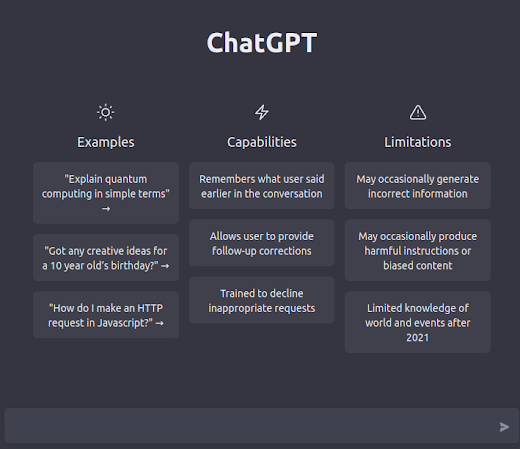How to start with web programming: the perfect guide for beginners

Are you interested in learning how to create websites and applications for the web? Web programming, also known as web development, is a vast and exciting field that offers many opportunities for those with the necessary skills. In this blog post, we will provide a beginner's guide to getting started with web programming. 1. Choose a programming language The first step in learning web programming is to choose a programming language. There are many different options to choose from, including HTML, CSS, JavaScript, PHP, and Python. Each language has its own strengths and weaknesses, and the right choice will depend on your goals and preferences. 2. Set up your development environment Once you have chosen a programming language, you will need to set up your development environment. This will typically involve installing a text editor, such as Visual Studio Code or Atom, and any necessary software development kits (SDKs) or frameworks. 3. Learn the basics of the chosen language Next,...
